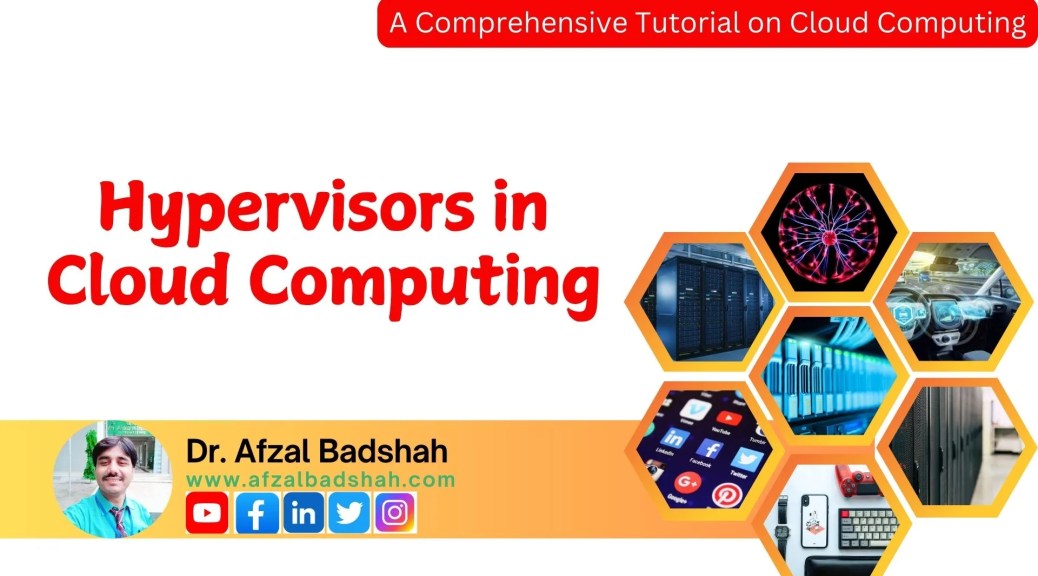Network Virtualization: Concepts, Components, and Challenges
Network virtualization is a fundamental concept in cloud computing, enabling the abstraction of physical network resources into a flexible and scalable virtual network environment. It allows multiple virtual networks to coexist on shared physical infrastructure, optimizing resource utilization, improving security, and enhancing network management. In this tutorial, we will explore the principles, types, architectures, and benefits of network virtualization, along with practical implementation steps. You can visit the detailed tutorial on cloud computing here. What is Network Virtualization? Network virtualization…









